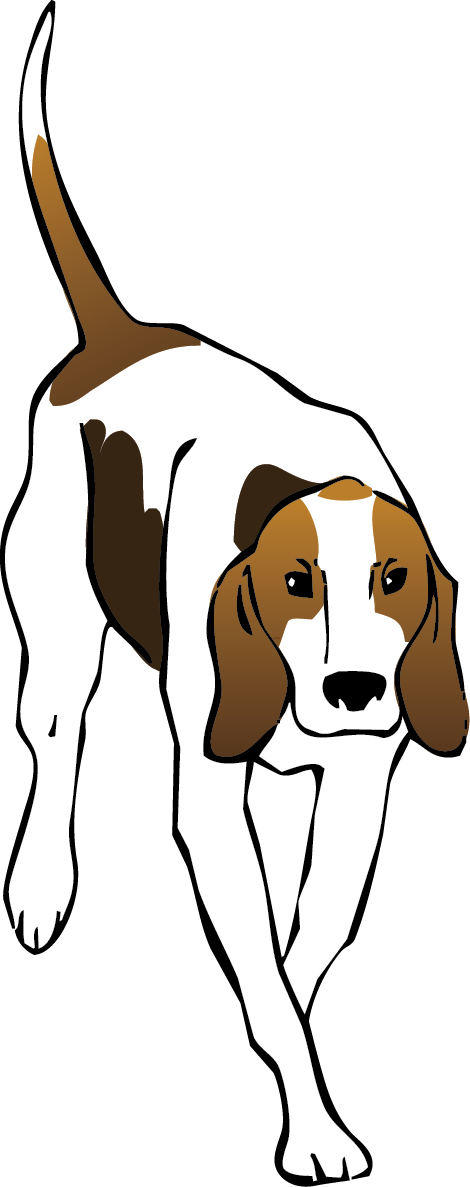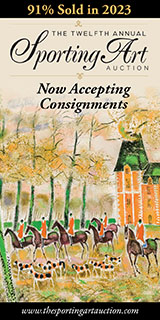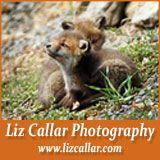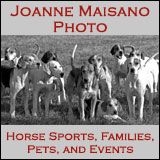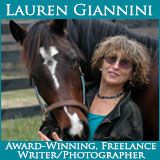Book Review by Norman Fine
Horse Racing Terms: An Illustrated Guide by Rosemary Coates, Merlin Unwin Books (UK), hardbound, illustrated in color, 140 pages, available online or directly from publisher, £8.99
Though this book is about the language of horse racing, much of the content is common to all horse people. And hunt racing and steeplechasing terms are included. And the little volume is the work of Rosemary Coates—a favorite illustrator of ours, whose work illuminates Deirdre Hanna’s humorous and continuing series about the two nineteen-year-old girls who left post-war England to work with horses in America.
Maiden, weaver, hands, claimer, the going, pony (the verb!), schooling, stayer—these and more than a hundred other examples of the arcane language of racing and horsemanship are tackled, many accompanied by Rosemary’s clever paintings. Also included is an alphabetic Glossary of Terms and a serious page on “How to read a Racecard.” Just the latter alone could turn the modest price of this book into a sound investment for the occasional race-goer’s next outing at the steeplechase course or racetrack.
Maiden Stakes / Illustrations by Rosemary Coates
Maidens are horses of either sex that have never won a race. They may have won prize money by placing or showing, but without a win they are still maidens. When a maiden finally does win a race, it is said to have “broken its maiden.” The Brits have always had a knack for earthy language.
The Draw
Runners must declare themselves to the entry clerk in advance—forty-eight hours for a runner on the flat, twenty-four hours for a runner over fences. At those times, a number is randomly assigned to the entries. For flat races, the number each horse “draws” will be the gate number from which they will start. Thus the expression, “luck of the draw,” referring to where on the track is the best footing, or whether a particular horse is best starting from the inside position, or other variables that could be advantageous or disadvantageous to the entry. For races over fences, the draw simply assigns a saddle cloth number—not really a factor in a race under starter’s orders at the drop of a flag.
Hands
A horse’s height is measured in “hands.” One hand equals four inches, taken to be the width of a man’s hand. The width was standardized in 1541 by King Henry VIII.
Weaver
Some horses in a stall will stick their heads over the stable door and swing head and neck back and forth monotonously. It’s generally caused by boredom and a desire to be out in the paddock. It’s an undesirable vice for a number of reasons, the worst perhaps that it can be contagious to other previously well-adjusted stable mates that will pick it up.
Schooling
Teaching a horse to do something—react to the leg, understand the signal to canter, jump a fence, enter a starting gate—is called schooling. In racing, that is the job of the trainer and his staff.
Rosemary Coates studied at Oxford University’s Ruskin School of Art. She is well-known in Britain for her paintings of domestic animals and her maps of racecourses and hunting countries. With her charming paintings paired with useful and sometimes eye-opening information, Rosemary has given us a clever and amusing book for the holidays that will be fun for riders of any age, from beginners to old hands.
Posted October 10, 2018
